How to Add Rules to a Twitter Community

Twitter Communities provide a space for like-minded individuals to connect and engage around shared interests. As a Community admin or moderator, setting clear and concise rules is essential to foster a respectful, productive, and enjoyable environment for members. Rules establish expectations, prevent conflicts, and ensure everyone understands the boundaries of acceptable behavior.
In this guide, we’ll explore how to add rules to a Twitter Community, step-by-step.
Why Are Rules Important in a Twitter Community?
Rules are the foundation of any healthy online space. Here’s why they’re crucial:
Encourage Respectful Behavior: Rules help prevent harassment, spamming, and trolling.
Define the Community’s Purpose: They clarify what topics or behaviors are encouraged.
Maintain Order: Clear guidelines help moderators manage the group effectively.
Create a Safe Space: Rules foster a welcoming environment for all members.
Steps to Add Rules to a Twitter Community
Adding rules to your Twitter Community is a straightforward process, provided you have admin or moderator privileges.
Step 1: Access Your Twitter Community
Log in to your Twitter account.
Navigate to your Community:
On the mobile app, tap the Communities icon (people icon) at the bottom of the screen.
On desktop, click Communities in the sidebar.
Select the Community where you want to add rules.
Step 2: Go to Community Settings
As an admin or moderator, you’ll see a gear icon or Manage Community option. Tap or click it to access the settings.
Locate the Rules section within the Community settings.
Step 3: Create or Edit Rules
Click Add Rules or Edit Rules if you’re modifying existing ones.
Draft the rules:
Keep them clear and concise.
Use positive language to encourage good behavior.
Focus on specific actions, such as "No spamming," "Respect others' opinions," or "Stay on topic."
Add any details or examples to clarify expectations.
Step 4: Save the Rules
Once you’ve written or edited the rules, review them to ensure they are appropriate and comprehensive.
Click Save or Confirm to apply the changes.
Your Community members will now see the updated rules under the About or Rules section of the Community page.
Best Practices for Setting Twitter Community Rules
Be Inclusive: Ensure the rules apply fairly to all members and encourage diversity.
Cover Common Scenarios: Address issues like spamming, harassment, and off-topic posts.
Limit the Number of Rules: Too many rules can overwhelm members. Aim for 5–10 core rules.
Use Clear Language: Avoid technical jargon or overly complex phrasing.
Enforce Consistently: Apply the rules evenly to maintain trust and credibility.
FAQs
Q1: Can Community members suggest rules?
Yes! Many admins encourage members to provide feedback to ensure the rules reflect the Community’s needs.
Q2: What happens if a member violates the rules?
Admins or moderators can take action, such as issuing warnings, removing posts, or banning the user from the Community.
Q3: Can I update rules after creating them?
Absolutely. You can edit the rules at any time by following the same steps outlined above.
Q4: How do members view the rules?
Members can find the rules in the About section of the Community.
Conclusion
Adding rules to a Twitter Community is vital for creating a respectful and enjoyable space for members. By following the steps above, you can easily set expectations and maintain a positive environment. Regularly review and update the rules to reflect the evolving needs of your Community. Clear communication and fair enforcement will ensure your Twitter Community thrives.

Start Growing your Instagram followers
Faster with PopularUp
Over 500+ 5 Star Reviews. Grow Your Account Today With Our Organic Methods


